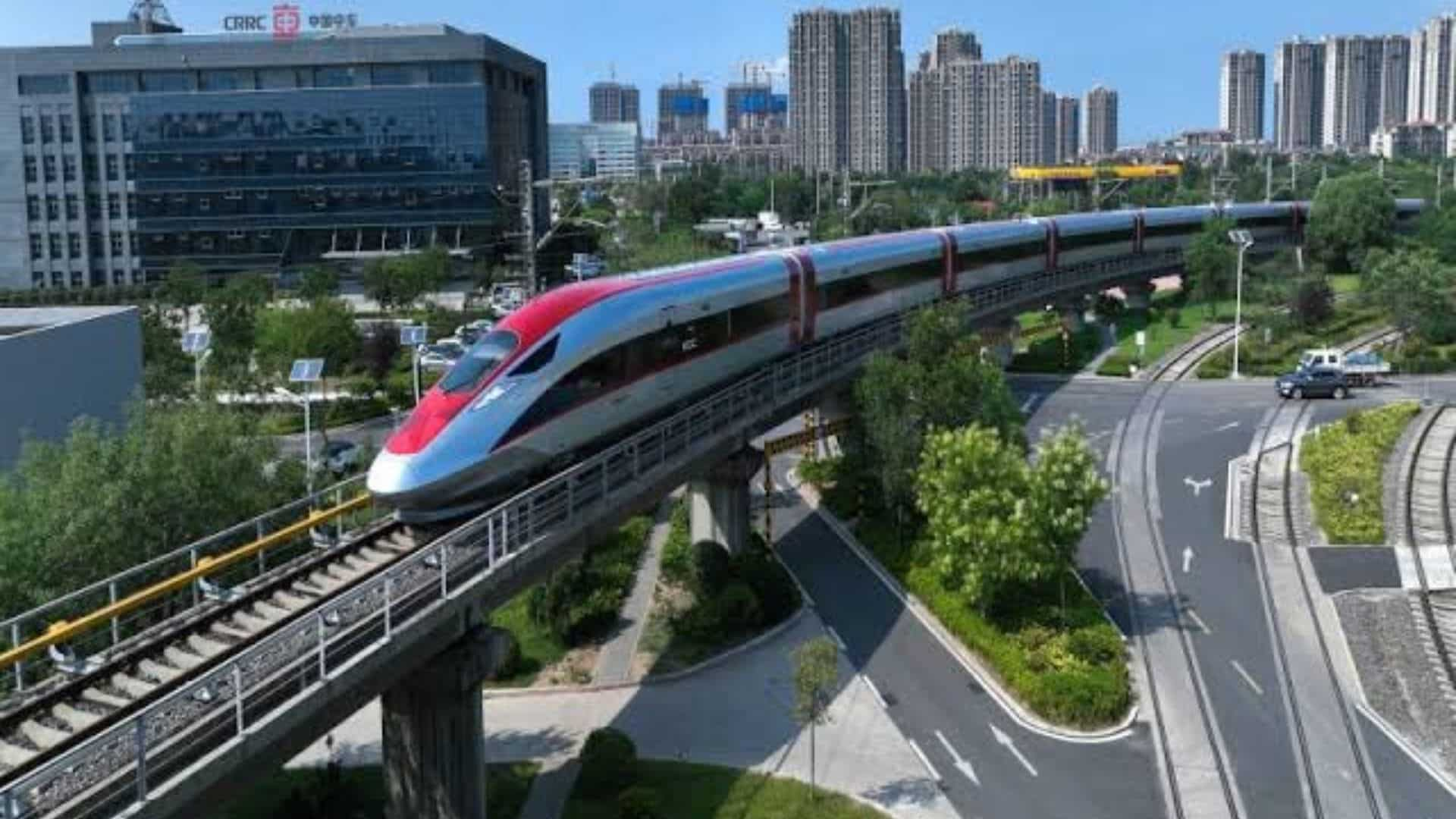$7.3 billion for 142km of HSR THROUGH THE JUNGLE during the COVID-19 pandemic is honestly incredibly affordable.
The UK’s HS2 and California HSR are both substantially more expensive (both on a per-km basis and on a per-time-saved basis), for example.
Chinese engineers are cheap, Indonesian workers are cheaper. Chinese workers are cheap too if they used a lot of those.
Chinese engineers in top cities (Beijing, Shanghai, etc.) get paid comparably to the West. An entry-level SDE at Alibaba in Beijing gets offered like 80k USD, which is close to the compensation in Toronto (~110k USD for an entry-level at Amazon), Berlin (~70k for the same position at Amazon), and London (~80k for the same).
Huh. That’s impressive, but I guess poor countries are also often unequal countries. Does that go for civil and mechanical engineers as well?
No idea, that’s not my industry. There’s a reason Chinese people value education so much. It’s a key driver in upwards socioeconomic mobility.
With large construction projects, skilled labor is not as expensive as the land needed.
I’m going to guess land is cheaper in Indonesia too, but I’m not sure.
Why is that? You’d expect that labour requirement would scale with track length just as land requirement does. Or do you just mean the engineers?
I’ve lived in Bandung, and with the rainfall they get in West Java often leading to landslides that collapse the existing rail line to Jakarta, the maintenance costs will be higher than one might expect. Still, Indonesia has amazingly cheap goods and labor. I expect this high-speed rail to suffer accidents in the coming years however.
The entire point of civil engineers is to pick a right of way that avoids these issues. Hopefully, they did their job.
Trainey MacTrainface
Let the memeing begin.
Whoosh



